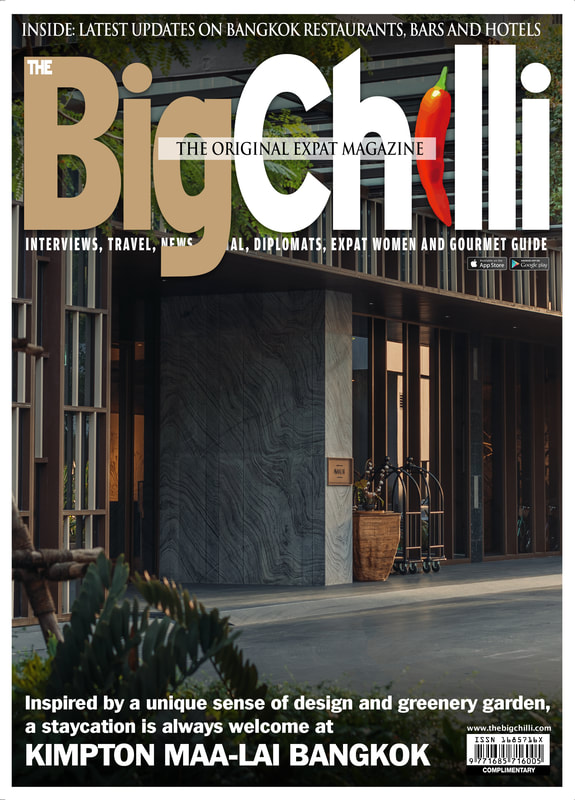Considered the backbone of Asia, buffalos have a five millennia partnership with mankind, bolstering society with their sheer strength, labour, meat, horns, hides, milk and butterfat. But their numbers are in decline
We all know buffaloes can’t talk. But few creatures have more stories to tell than this 5,000-year-old “backbone” of Asia. Thailand’s culture, beliefs and customs evolved as a “rice civilization” and Thai people have been seamlessly fused with water buffaloes in all aspects of farming since ancient times.
On a recent trip to Thalee Noi (small sea) shared with some 45,000 resident and migratory birds, mangroves, marshes, mongoose and crab eating macaques, I was mesmerized by the swamp water buffalo. Here, a small water borne herd glided past our longtail boat, nurturing their young, gracefully embodying a sense of strength, endurance, resilience, and calm we could all use these days. Inspired and intrigued, I took a closer look.
If water buffalos could speak, they would reflect on five millennia of partnership with mankind, from Neolithic days in the Yangtze River delta, bolstering society with their sheer strength, labour, meat, horns, hides, milk and butterfat. The global water buffalo population is now about 172 million, with 96 percent of them in Asia, comprising 22 ‘River’ and 16 ‘Swamp’ varieties.
In Thailand, however, there is a recent and alarming population decline. In 1987 there were about six million swamp water buffaloes, with numbers dropping to 700,000 by 2015. Rice harvest mechanization and higher prices for buffalo meat and hide in neighboring countries have exacerbated the lightning speed demise. Are we so willing to watch our ancestral companions vanish?
On a recent trip to Thalee Noi (small sea) shared with some 45,000 resident and migratory birds, mangroves, marshes, mongoose and crab eating macaques, I was mesmerized by the swamp water buffalo. Here, a small water borne herd glided past our longtail boat, nurturing their young, gracefully embodying a sense of strength, endurance, resilience, and calm we could all use these days. Inspired and intrigued, I took a closer look.
If water buffalos could speak, they would reflect on five millennia of partnership with mankind, from Neolithic days in the Yangtze River delta, bolstering society with their sheer strength, labour, meat, horns, hides, milk and butterfat. The global water buffalo population is now about 172 million, with 96 percent of them in Asia, comprising 22 ‘River’ and 16 ‘Swamp’ varieties.
In Thailand, however, there is a recent and alarming population decline. In 1987 there were about six million swamp water buffaloes, with numbers dropping to 700,000 by 2015. Rice harvest mechanization and higher prices for buffalo meat and hide in neighboring countries have exacerbated the lightning speed demise. Are we so willing to watch our ancestral companions vanish?
| On Day Two at Thalee Noi, we ask our longtail boat guide to return to the buffalo herd seen the day before. From Sripakpra Resort we embark on a 6 am swamp excursion. Bamboo Yors etch the dawn horizon as we venture up the Pak Pra river into the great 457 km2 freshwater basin, one of Thailand’s most bio-diverse ecosystems. Approaching a small tree shaded island, our engine is silenced as we drift towards a mucky hoof-marked rampart at the shore. There, within a drift-wood enclosure, a shimmering black mass of humps, bumps and horns peer out. Alone buffalo keeper emerges from nowhere, push poling his wood boat across the shallows to release the sea-gate. He explains to us the herds wander about freely during the dry season and are moved back to land in the monsoons. He prefers to raise more male buffaloes than females and calves as they have a higher market value. A herd of 120 large water buffaloes could be worth as much as 20 million baht. Peacefully and gracefully the buffaloes migrate into the swamp. They are free to enjoy the cool water, abundant grass and plants and are said to be important for balancing the ecosystem. Grazing by buffaloes increases native plant and wildlife diversity and enhances the process of photosynthesis. Many birds accompany the herds feeding on resident insects and flies. Buffalo hooves are large with two flexible joints for easier muck-walking. They wallow and use their horns to “shovel” mud onto themselves to keep cool and deter insects. Families are close knit, often with 5-8 related cows and offspring grouping together, perhaps with a bull. Young males live in bachelor groups. |
The next day, on the way to Hat Yai, a buffalo “skin and skull” street shop catches us off guard. Is this a renewable/sustainable practice or touristic abuse of a culturally iconic creature - I wonder. In Hat Yai Municipal Market, I search unsuccessfully for some water buffalo milk or meat products. 72 million tones of buffalo milk are produced annually globally. It contains higher levels of protein, fat, calcium, phosphorus and lactose compared with cow milk. It is ideal for cheese and considered essential for a proper Neopolitan pizza. The whey is used in Italian Ricotta, Mozzarella and Mascarpone. The milk products seem to have potential. My quest towards future proofing the water buffalo continues.
Sornsiri Farm in Prachin Buri's Ban Sang district is an inspiring story where the owner and breeder, Khun Phromphiriya, diversified his buffalo meat herd into milk production. The result is “Siam Buff Milk” labelled and sold under Kasetsart University’s KU brand. Sornsiri Farm produces approximately 50 kg of milk per day along with a host of other products such as milk pudding, yoghurt and soap. Suan Samphran, near Nakhon Pathom, is another innovative agricultural practice - a model organic farm promoting sustainable agriculture, recycling, organic fertilisers and pesticides. “Live in” water buffaloes provide manure for the crops. A mechanical tiller rests by the water buffalos stall - an apt reminder of changing times.
Sa Kaeo’s Kasorn Kasivit Water Buffalo Agricultural Training School, established by HRH Princess Maha Chakri Sirindhorn in 2008, focusses on preservation and training related to traditional rice/water buffalo farming. It offers intensive 10-day courses to tradition minded rice farmers. Farmers are incentivized to obtain buffaloes from the Royal Cattle and Buffalo Bank, set up by His Majesty the late King Bhumibol Adulyadej, and pay back at discounted prices or in exchange for the buffalo’s future offspring.
Kasorn Kasivit respects and cultivates the symbiotic relationship between farmer and buffalo. With 40 buffaloes and 20 farmers in training, the scale of the eight rai operation is modest and focuses on results. Seven expert “hands-on” teachers were selected from over 200 applicants. The herd’s older buffalos, such as Khun Dokkoon, and Khun Rumpueng, are also “teachers” since they teach both buffalos and farmers. Rising stars include Khun Tapaotong, a beautiful white albino, and the five or so Rudolph-like calves born annually. Traditional rice-growing practice is taught alongside animal care, farm financial and operational management skills. Every year Sa Kaeo province holds the Buffalo Su Kwan ceremony showing symbolic appreciation for water buffaloes, giving offerings to angels according to traditional beliefs.
Changes in the traditional role of the water buffalo, and improved efficiencies in agricultural practice are inevitable. But equally important are the preserved cultural appreciation and commercial integration of this unique creature into Thailand’s future. As time-tested water buffalo farming practices give way to the debt inducing, oil sputtering machinery ripping at the bank accounts of poor farmers, there are some small glimmers of hope for Thailand’s water buffalo. Without some quick attention, perhaps future interviews with the 5,000-year old-Water Buffalo will fall silent.
Sornsiri Farm in Prachin Buri's Ban Sang district is an inspiring story where the owner and breeder, Khun Phromphiriya, diversified his buffalo meat herd into milk production. The result is “Siam Buff Milk” labelled and sold under Kasetsart University’s KU brand. Sornsiri Farm produces approximately 50 kg of milk per day along with a host of other products such as milk pudding, yoghurt and soap. Suan Samphran, near Nakhon Pathom, is another innovative agricultural practice - a model organic farm promoting sustainable agriculture, recycling, organic fertilisers and pesticides. “Live in” water buffaloes provide manure for the crops. A mechanical tiller rests by the water buffalos stall - an apt reminder of changing times.
Sa Kaeo’s Kasorn Kasivit Water Buffalo Agricultural Training School, established by HRH Princess Maha Chakri Sirindhorn in 2008, focusses on preservation and training related to traditional rice/water buffalo farming. It offers intensive 10-day courses to tradition minded rice farmers. Farmers are incentivized to obtain buffaloes from the Royal Cattle and Buffalo Bank, set up by His Majesty the late King Bhumibol Adulyadej, and pay back at discounted prices or in exchange for the buffalo’s future offspring.
Kasorn Kasivit respects and cultivates the symbiotic relationship between farmer and buffalo. With 40 buffaloes and 20 farmers in training, the scale of the eight rai operation is modest and focuses on results. Seven expert “hands-on” teachers were selected from over 200 applicants. The herd’s older buffalos, such as Khun Dokkoon, and Khun Rumpueng, are also “teachers” since they teach both buffalos and farmers. Rising stars include Khun Tapaotong, a beautiful white albino, and the five or so Rudolph-like calves born annually. Traditional rice-growing practice is taught alongside animal care, farm financial and operational management skills. Every year Sa Kaeo province holds the Buffalo Su Kwan ceremony showing symbolic appreciation for water buffaloes, giving offerings to angels according to traditional beliefs.
Changes in the traditional role of the water buffalo, and improved efficiencies in agricultural practice are inevitable. But equally important are the preserved cultural appreciation and commercial integration of this unique creature into Thailand’s future. As time-tested water buffalo farming practices give way to the debt inducing, oil sputtering machinery ripping at the bank accounts of poor farmers, there are some small glimmers of hope for Thailand’s water buffalo. Without some quick attention, perhaps future interviews with the 5,000-year old-Water Buffalo will fall silent.

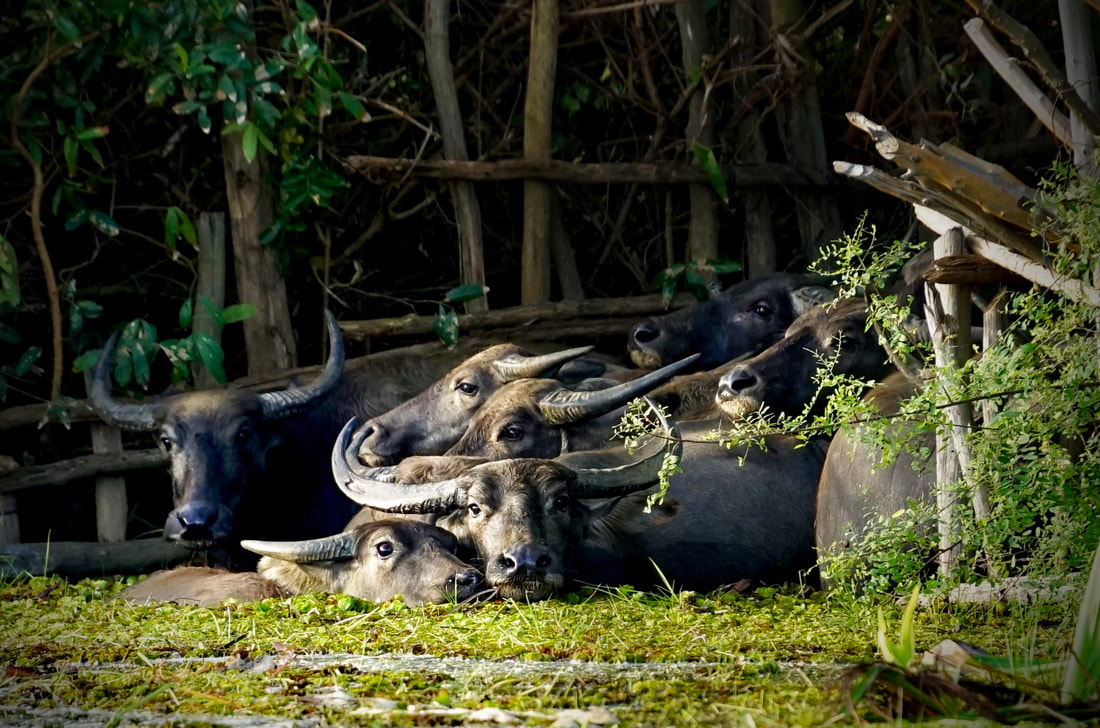
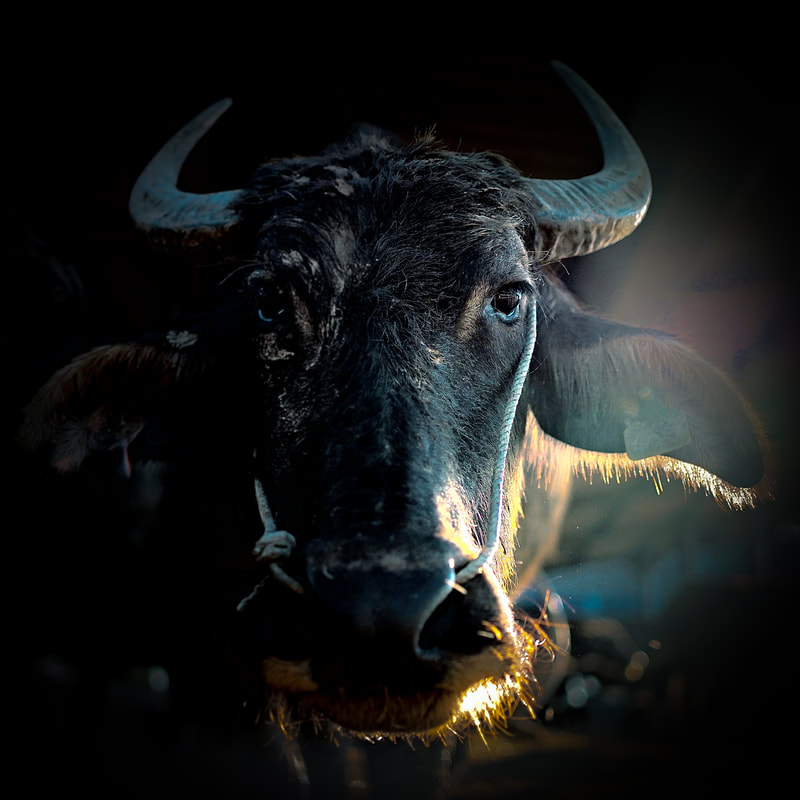
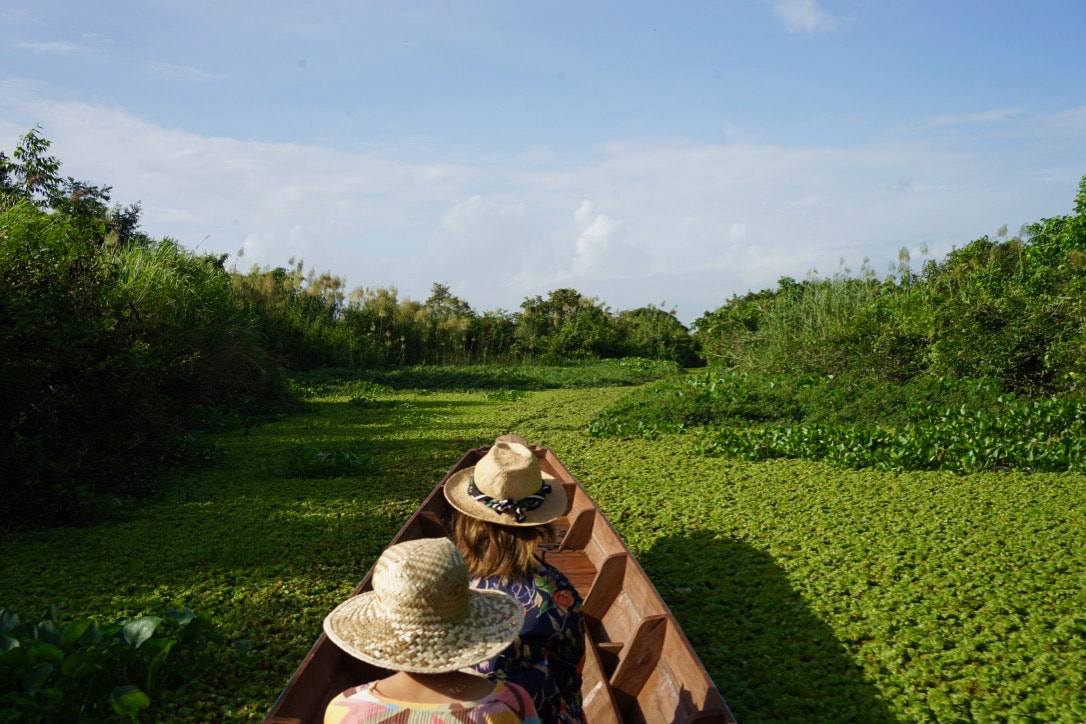

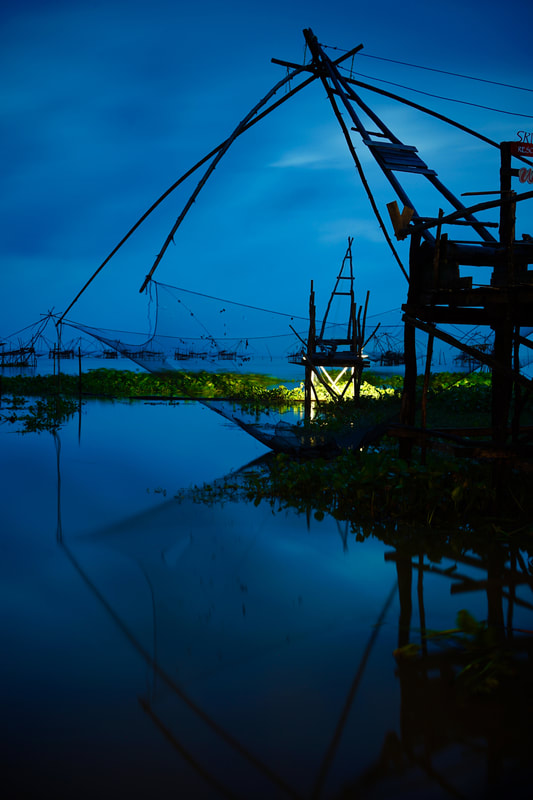
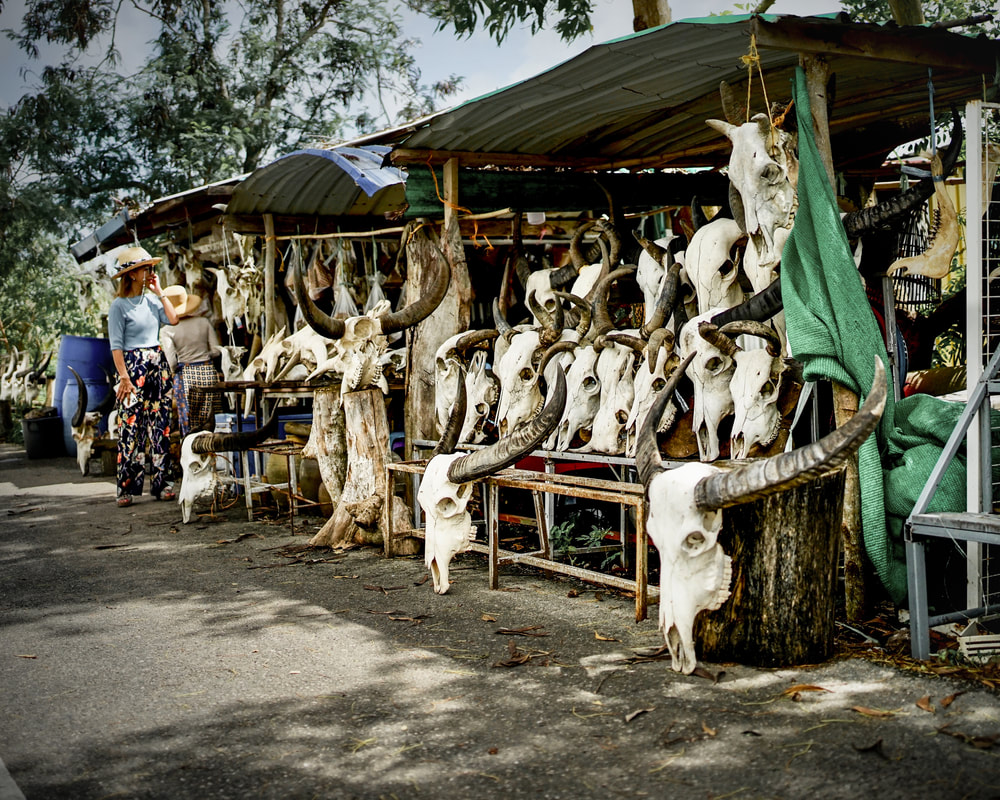

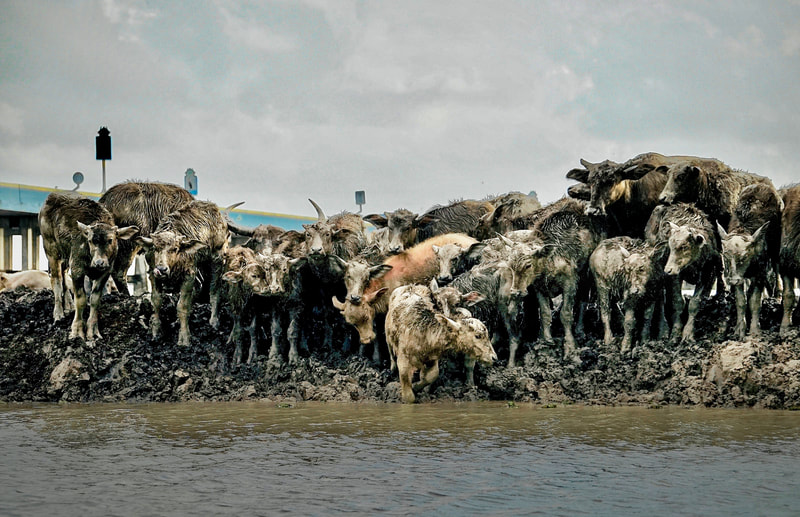
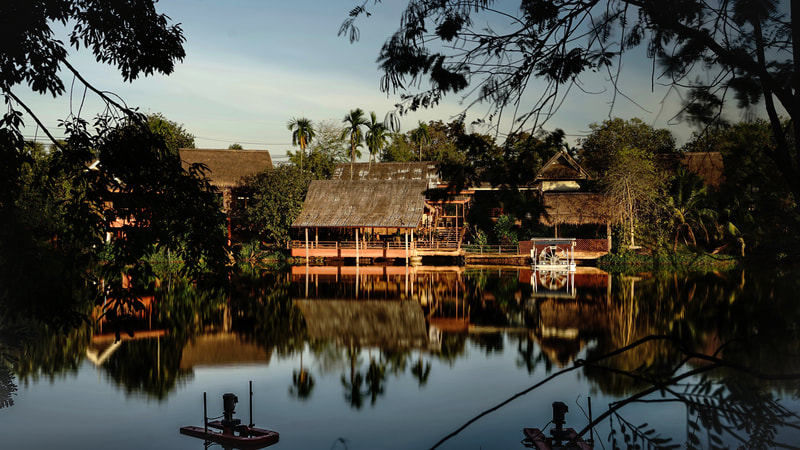
 RSS Feed
RSS Feed





